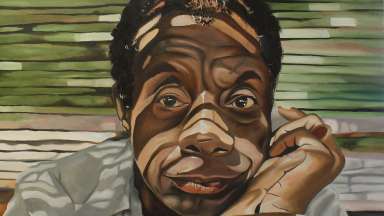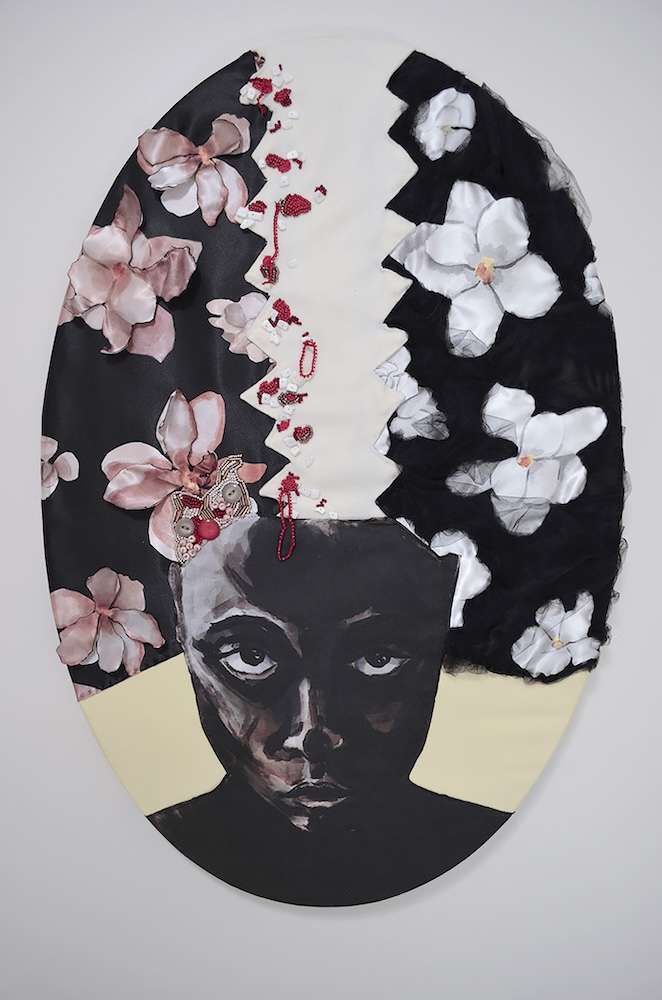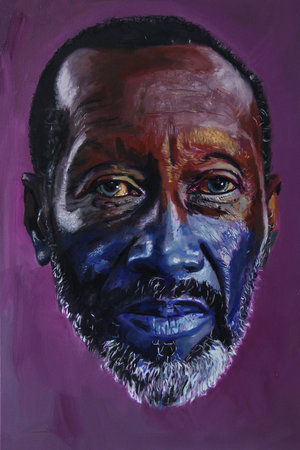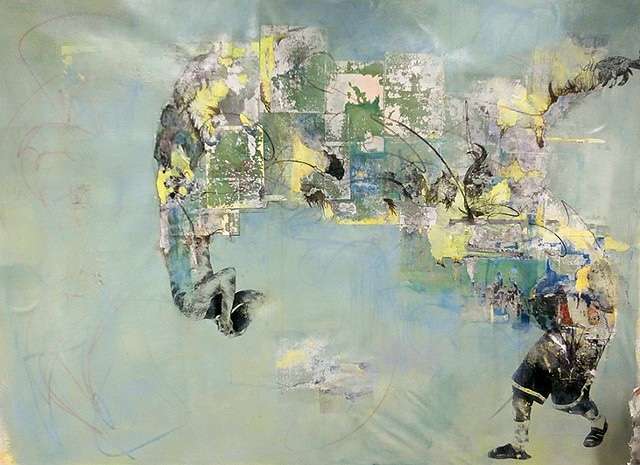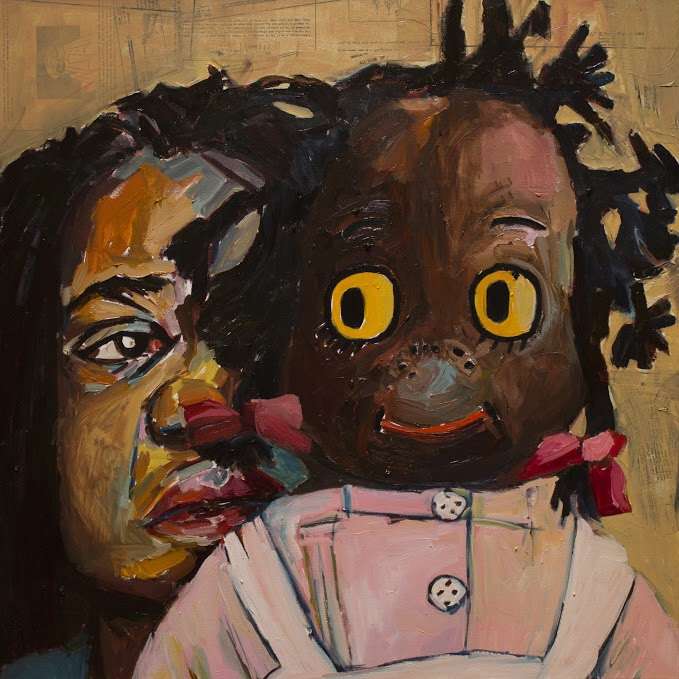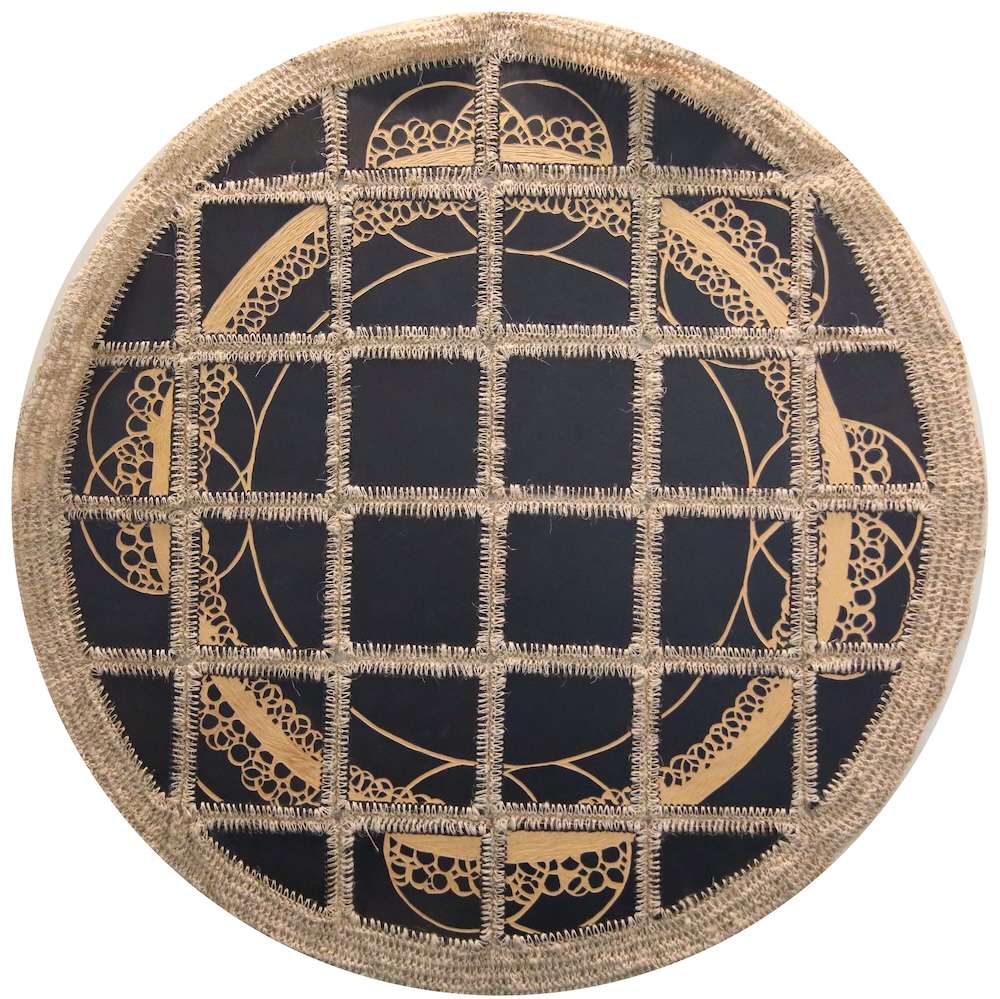In celebration of Black History Month, Raleigh Arts is highlighting just a few of the works of Black artists in the City of Raleigh Municipal Art Collection (MAC). The City’s mission is to have a collection that reflects the diversity of our community and to showcase the collection in facilities across Raleigh.
Raleigh Arts recognizes the importance of how Black culture impacts the arts throughout the year. During Black History Month, highlighting these selected works is part of a larger celebration of Black history including City events.
Each of the selected artists use their creative expression to address a variety of subjects including their personal and cultural identities and speaking truth to power. Sharing arts and culture is a catalyst to change perspectives and expand understanding.
Join us in recognizing the significant mark each has made through their work.
- Jasmine Best @jasminebestart
- William Paul Thomas @willart4food
- Telvin Wallace @thelifeoftelvin
- Antoine Williams
- Beverly McIver @bmciverart
- Stephen Hayes @stephenhayesthecreator
You Would Be Pretty: digital print on fabric and beaded fabric collage. Jasmine Best, a North Carolina based artist, uses her personal memories and manipulations of her memories to create dialogues about the black female identity in the south and in predominantly white spaces. You Would be Pretty is a collaboration of two memories dealing with black beauty ideals. The title derives from a statement heard often from those who believe that black women and girls should always subscribe to Eurocentric beauty standards and chemically straighten their hair. The collage uses components normally used to depict beauty to represent something ugly and painful.
Lindsay's Friend: oil on canvas. William Paul Thomas has dedicated the past 14 years to making representational paintings of the people in his social circle. The question of anonymity or upending anonymity is relevant in this series, in that most of the paintings are named after a significant female figure in the subjects’ lives. Jenna’s First. Tamara’s Father, Lindsay’s Friend… This titling method reinforces the idea that the strangers we encounter are loved by at least one person, asserting that this fact, rather than their personal achievements or renown, makes their humanity worth recognizing.
Window Pain: oil on canvas. Telvin Wallace is a printmaker and painter whose work focuses on mental health and the human condition. He is a recent graduate of North Carolina Central University and plans on receiving his MFA from the New York Academy of Art. Wallace states that his breakthrough came about when he began to execute paintings that were screaming to be made based on his own subconscious. His mesmerizing and psychologically charged work brings viewers face to face with contentious cultural issues while proclaiming the resilience of the human spirit.
"My work questions the enigmatic connotations of our reality by allowing the audience to peer through my lens and my perception of reality. I have the natural urge to create art from the inside out; to make visible the hidden feelings, attitudes, and functionings of everyday life that are influenced by illnesses or traumatic events. Without proper treatment, a person’s mental and physical health can fluctuate, causing substantial changes. These changes create a feeling of desolation that not only affects the individual in the composition, but also the world around them. This dystopia is the subject matter of my art."
Knife and the Wound: acrylic, collage, ink, graphite on canvas. Antoine William's interdisciplinary practice is an investigation of power, perception, and fear as they relate to institutional inequality. He has created a mythology, about the complexities of contemporary Black life. His artwork is influenced by social science fiction and sci-fi literature from such authors as Octavia Butler and H.P. Lovecraft. Themes in science fiction, such as relationships to what may be considered a foreign or alien body, can be analogous to the many Black experiences in America. With that, he explores what is called “monster culture” through the lens of critical race theory. The result is a process-based practice involving mixed-media installation, painting, drawing, collage, and assemblage.
Time Travelers: oil on canvas by Beverly McIver. A dear friend found the doll shown in Time Travelers on an auction site. She won the bid and immediately gave her to me. I’ve received several black dolls over the years from friends and strangers. I found most of them unattractive and felt no connection with them. Some were racist Golliwog dolls. But this doll was different. She reminded me of myself as a child. I did not grow up with black dolls. The few dolls I had were white, with blonde hair and blue eyes. I loved my dolls, but I was aware that they did not reflect my image. This doll, whose name is Grace, is the doll I dreamed of. I found her cute and innocent. I fell in love with her instantly and was moved to paint her. Grace is a reflection of me and my inner child. I was the youngest of three girls and very shy. I felt invisible most of the time as my oldest sister was mentally disabled and my middle sister was very outgoing. Together, they were colorful and took up all of my mom’s attention. Today, I am investigating my relationship to my little self and hoping that we can co-exist in this world I’ve created to date. I give voice and speak for those often left in the margins, like my sister Renee who has the mindset of a third grader even though she is currently fifty-nine years old. I try to negotiate with my little self to not be afraid to speak up and speak out. It’s not always an easy relationship. She constantly reminds that “as a southern lady, I have to be nice and just look pretty, but remain quiet.” Grace has become an important muse in my paintings, reminding me of what it is like to grow up Black in the American South, and how this continues to impact me even as I move forward.
Calendar: wood, twine, ink tapestry. Stephen L. Hayes, Jr. makes art—woodcuts, sculptures, installations small and large—from found materials that draw on social and economic themes ingrained in the history of America and African Americans. His approach is simple: “If I can’t find it, I’ll make it. If I can’t make it, I’ll find it.”
He went to North Carolina Central University, aiming to transfer to North Carolina State University to study mechanical engineer. Instead, through a friend, he discovered graphic design. His new major led to a ceramics course, where his enthusiasm and skill led to being allowed as much time as he wanted on the wheel. He threw enough pots to develop a strong portfolio, leading to a residency at the acclaimed New York State College of Ceramics at Alfred University. Hayes earned an M.F.A. in sculpture at Savannah College of Art and Design in Atlanta. His thesis exhibition, "Cash Crop," has been traveling and exhibiting for nearly a decade.
Frequently in his work, Hayes uses three symbols: a pawn, a corn, and a horse to explore America’s use (or misuse) of black bodies, black minds, and black labor. Artists, he believes, are as much translators as they are creators.
